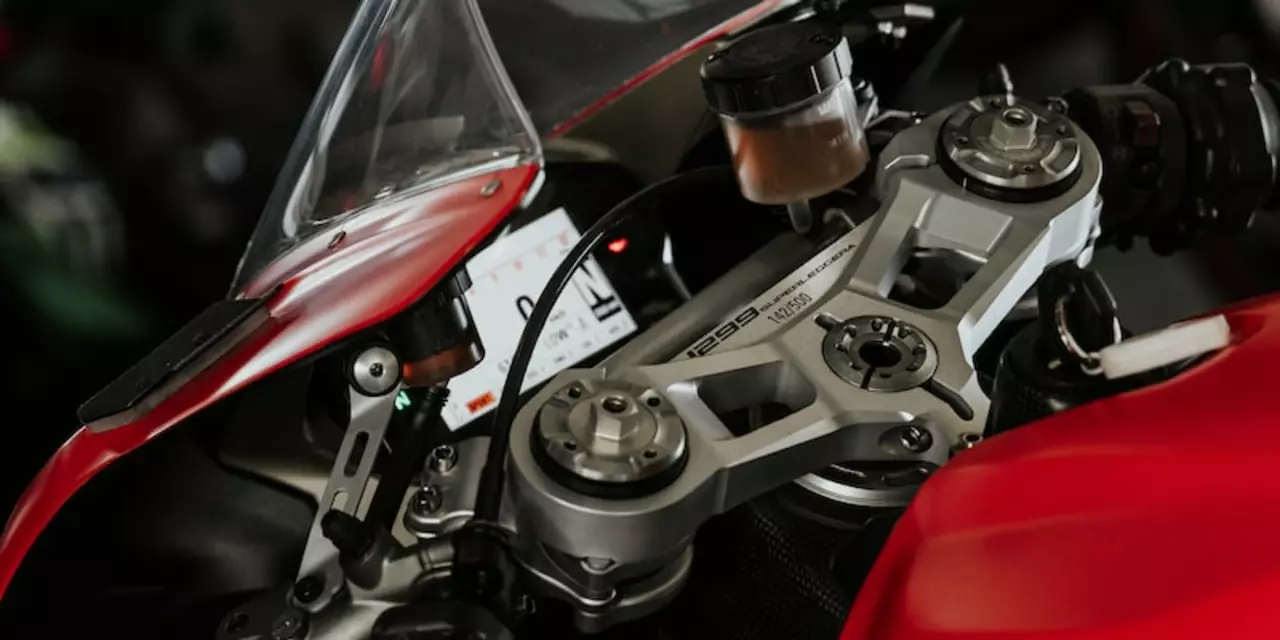Motorcycle Racing Modifications
Ever wondered how a regular bike can become a track‑ready superbike? You don’t need a factory‑built race machine to feel the rush. With the right parts and a bit of know‑how, you can turn a street‑legal motorcycle into a competitive racer. Below we break down the upgrades that matter most, how to tune the engine, and what to watch for during testing.
Key Performance Upgrades
First off, focus on the three big groups: power, handling, and weight. An aftermarket exhaust is the simplest way to free up a few extra horsepower and give the bike a deeper growl. Pair it with a high‑flow air filter and you’ll notice a quicker throttle response right away.
Next, the suspension. Street‑grade forks and shocks are tuned for comfort, not cornering speed. Swap them for adjustable race‑spec components, then dial in preload, compression, and rebound to match your riding style and the track layout. Don’t forget the tires—sticky, slick compounds provide the grip you need when you lean hard into a turn.
Weight reduction is another huge win. Remove any non‑essential accessories, replace steel brackets with aluminum or carbon fiber, and consider a lightweight battery. Every kilogram saved improves acceleration and braking.
Tuning and Testing Tips
After you’ve fitted the new parts, the engine needs a proper tune. A reputable ECU flash can adjust fuel maps, timing, and rev limits to suit the increased airflow and reduced weight. If you’re comfortable with it, a custom dyno run will let you fine‑tune the settings for your specific bike.
Testing is where theory meets reality. Start with a short run on a safe, open area to check that the bike runs smoothly and no warning lights appear. Listen for strange noises—those could signal a loose bolt or an air leak. Then hit the track for a few laps, focusing on braking points, corner entry speed, and how the bike feels under acceleration.
During each session, write down lap times and note any handling quirks. Small adjustments to suspension preload or tire pressure can shave tenths of a second off your lap. Keep tweaking until the bike feels balanced front‑to‑back and left‑to‑right.
Remember, safety always comes first. Always wear full race gear, check your brakes before every run, and never push the bike beyond what you’re comfortable with. With the right upgrades, a solid tune, and diligent testing, your production bike can punch well above its weight class and give you the thrill of true racing.
